Do you know what colours your Saree ? Find out..
If you love your product and are interested in reading, learning about them, you've come to the right place. As we read along we will talk and learn the Why's of Odisha handloom and the journey of the industry since it's inception.
All set...Let's go down the history lane.

Even to our fascination..
The writing in the stones of Kahandagiri cave Odisha suggests that the art of weaving was in Odisha before 600 B.C. Similarly some carving in the temples of Sonepur cluster (Baidyanath) indicates that weaving was in existence in the area during prior to 9th B.C. Besides weaving with cotton yarn, there was also weaving with wild silk (Tassar), wool and fibers from stem of lotus.
In Bargarh-Sonepur area preparing weft threads for separation, grouping and sub-grouping, frame with upright sticks or. a frame with separating cords is used. Warp preparation is done in open air with separating poles or aon peg warping frames. Peg warping is popular in Bargarsh - Sonepur area. In Nuapatna area direct method of grouping threads for tying and dying is used and open air preparation for warp is common. Tying of weft is done on a frame and full length is tied.
The designs are transferred to warp or wet mentally from paper design by tying straight away the sub groups of warp and weft and no prior marking is done by charcoal powder or otherwise to indicate the position of the figures of corresponding sub groups of threads.

Okay, now that you know a bit about the rich story of handloom industry, let us finally give you what you are here for..right ?
The tying and dying is sequences have been explained earlier. Not very long ago probably about 50 years ago, vegetable dyes were used. As synthetic dyes and chemicals came to the market for varieties of colours, vegetable dyeing has gradually become extinct.
Kamla gundi , ash water, alum and tamarind for fast bright yellow or bright orange yellow colour. It was boiled in together and then strained . The washed silk yarns was dipped in the solution to give the colour.

Powdered talc, turmeric, tamarind and alum for fast red colour soaked in water for a day was rubbed against pebbles to bring out the dye. The water was then strained and boiled and the silk yarns were dipped that gave a purplish red shade.

Gunjuri munda and turmeric for green colour which was not fast.

Bilati manji which was manjista for red shade which was not fast.

Trifala, scrap iron and tin filings were kept in sour rice bran for about one year and the black liquid was taken from time to time whenever it was required for dyeing yarn in black colour. The black coloured liquid is boiled and the yarn was dipped in it till the yarn was coloured black' After The yarn became satisfactorily black in colour it was taken out and thoroughly washed and dried.

Indigo for blue colour

Lodha chal (bark of Lodha tree) for red colour' The powder of the bark, soda ash and castor oil were mixed in water and the washed cotton yarn was dipped in it and the water was rubbed on to the yarn when red shade was obtained. For deeper shade, hot water was used.After dyeing, the yarn was thoroughly washed.

So next time you find yourself contemplating on the colour about your saree or it's ingenuity , these little pointer can help you in your selction.
If you enjoyed the read, let us know your thoughts, talk to us and share it with your friends and family who share the same passion as you for handloom sarees.


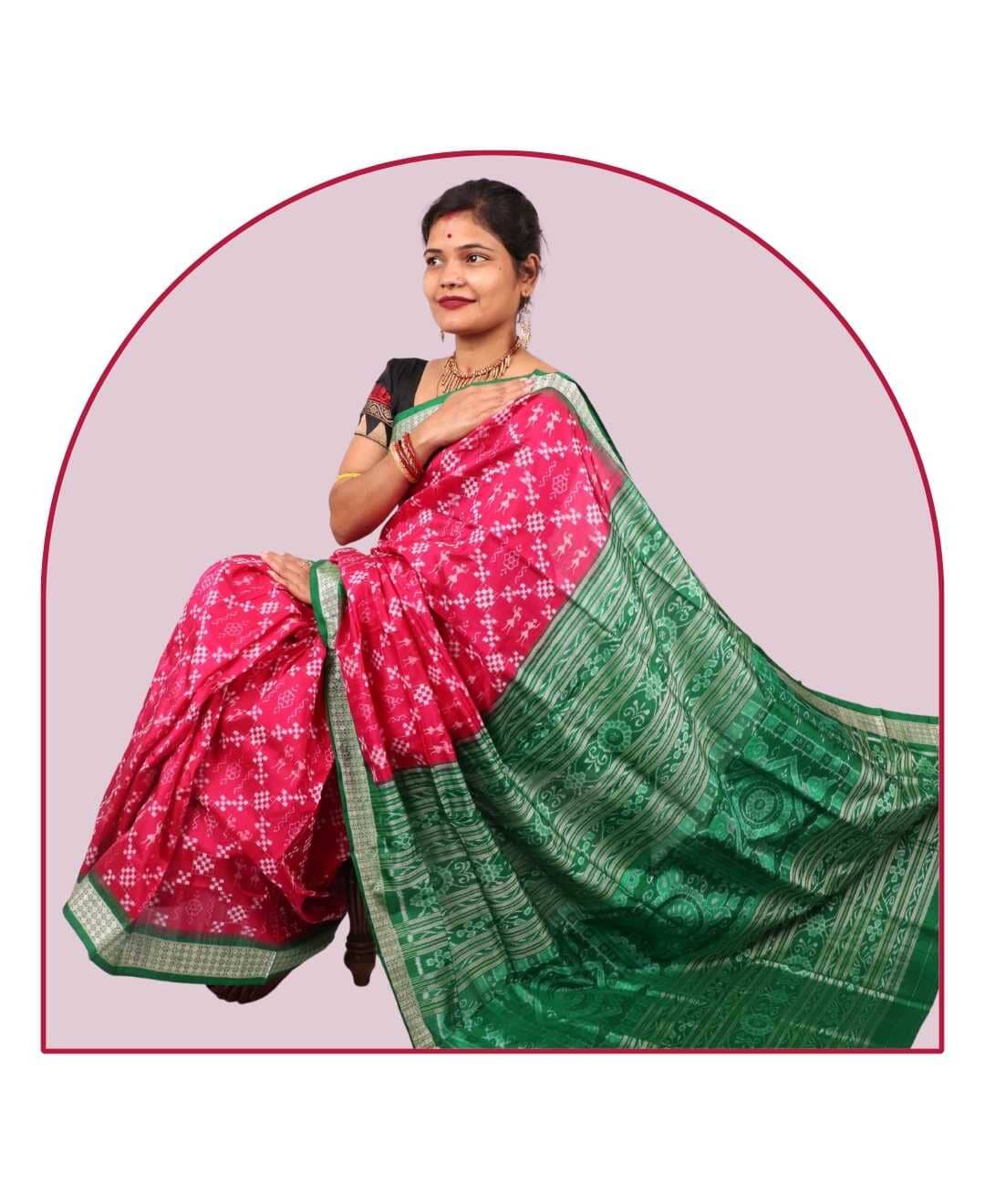
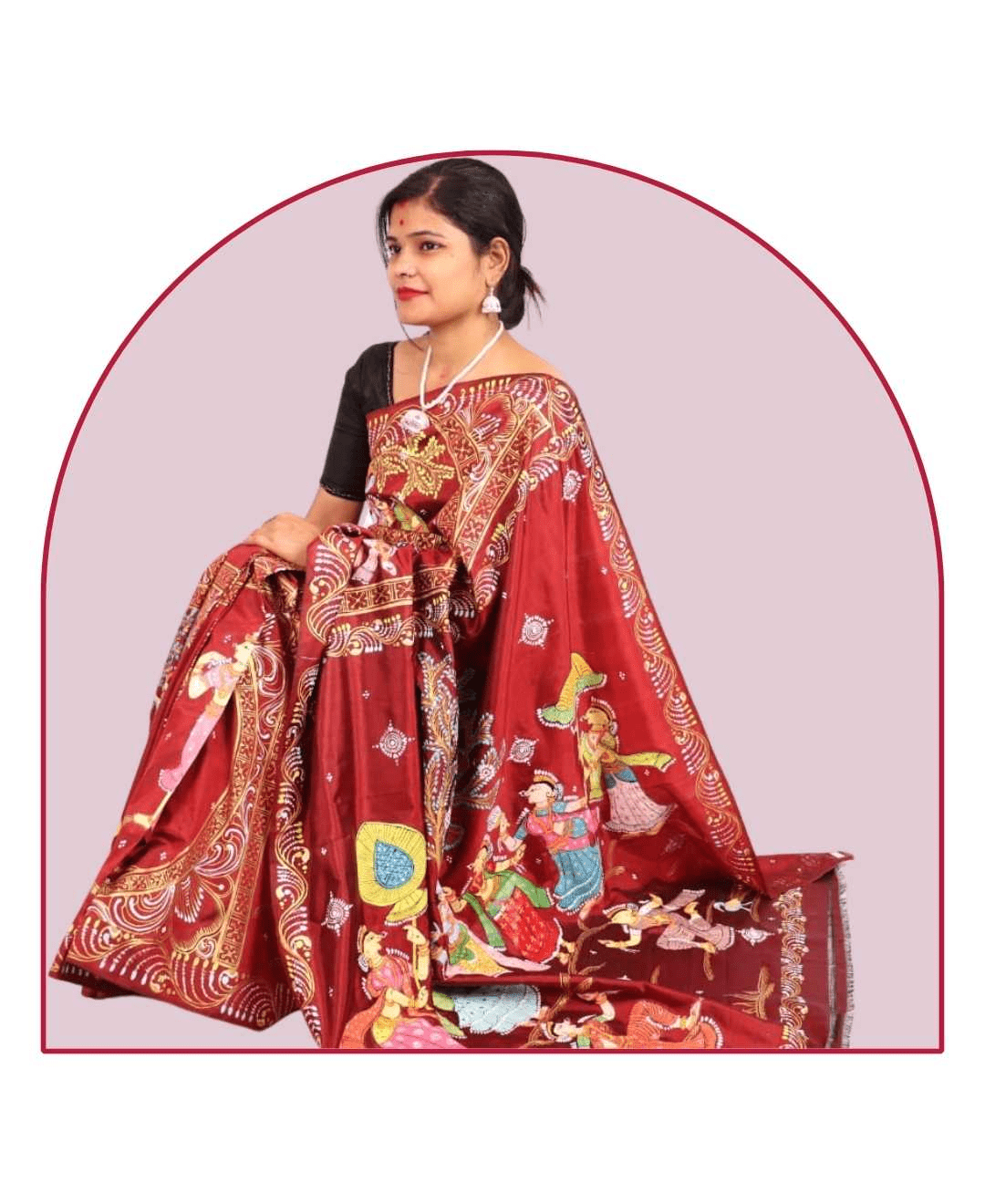
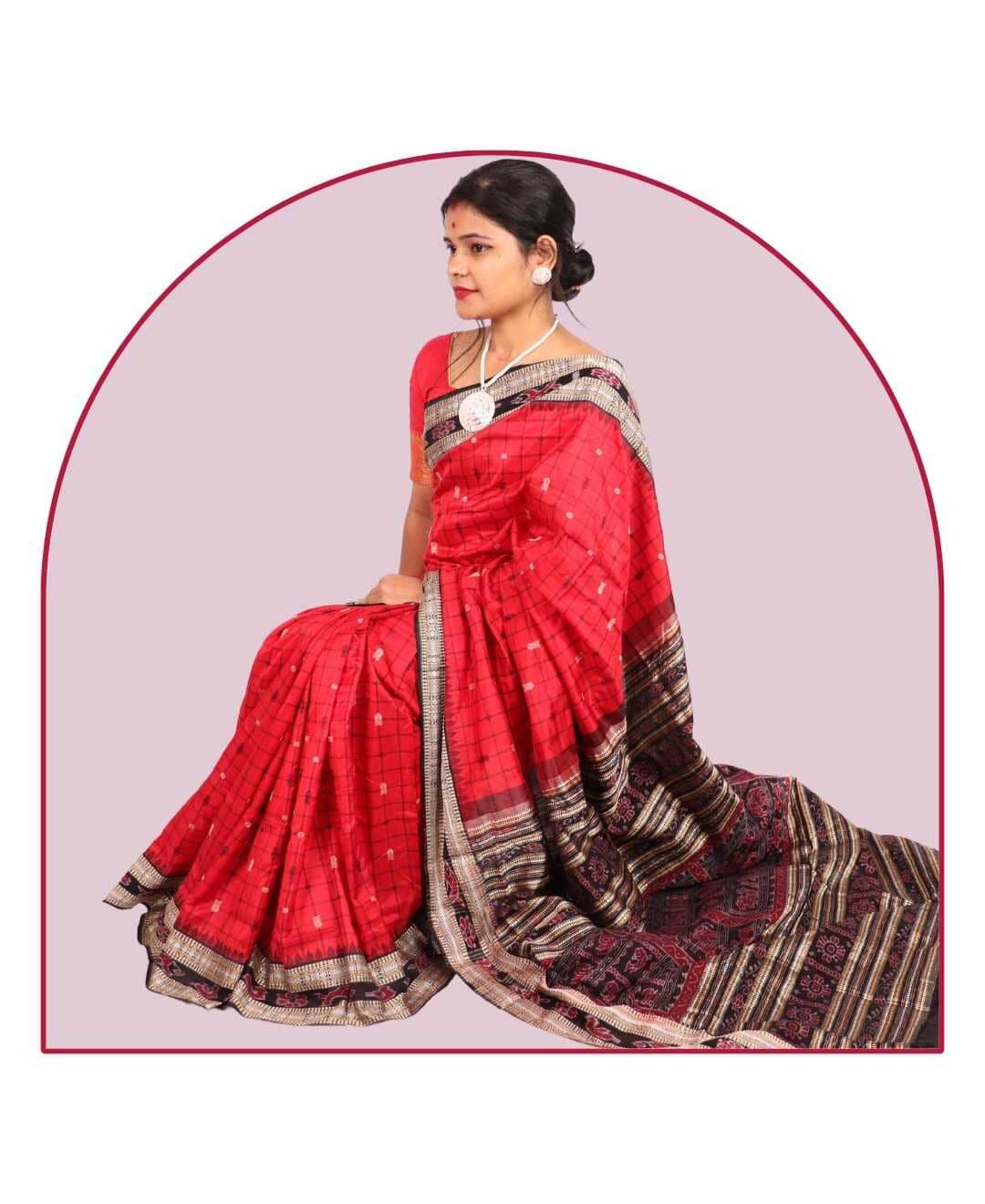
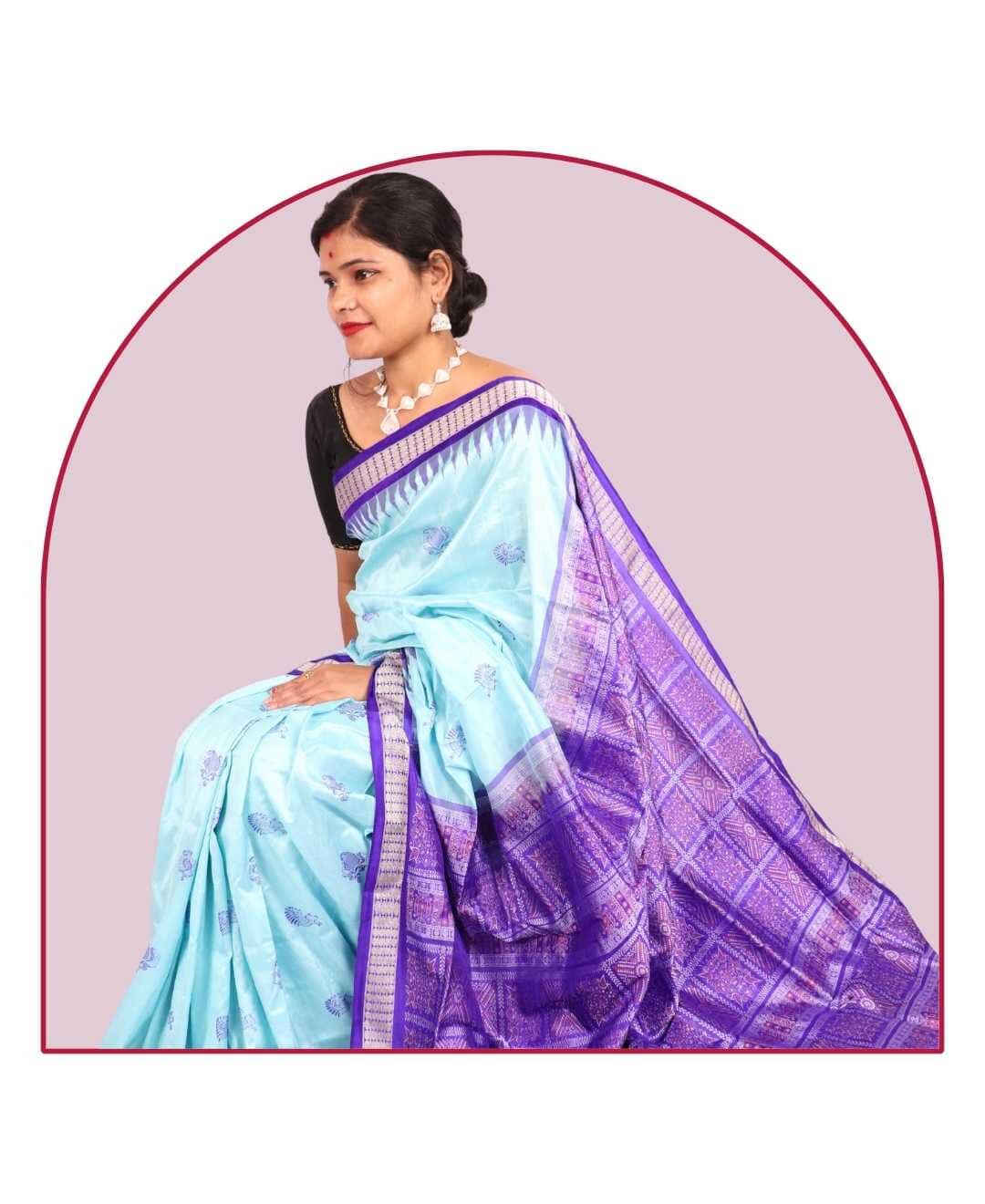
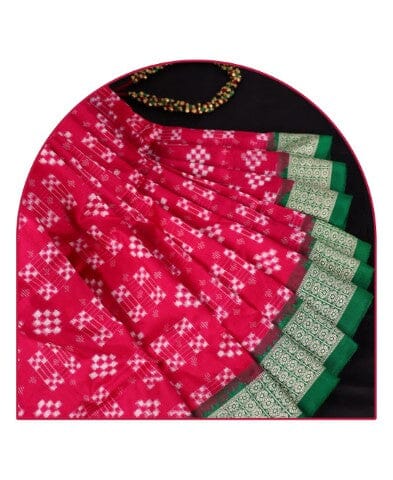
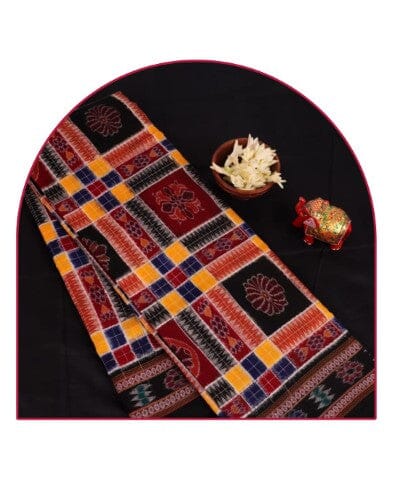
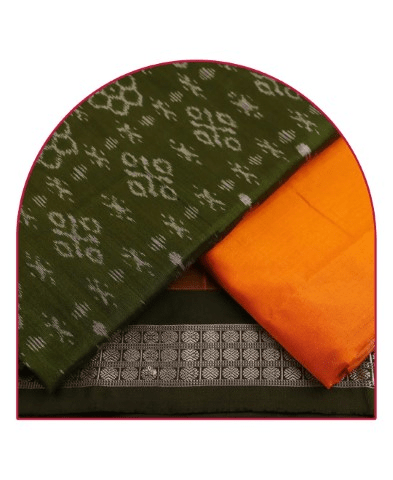
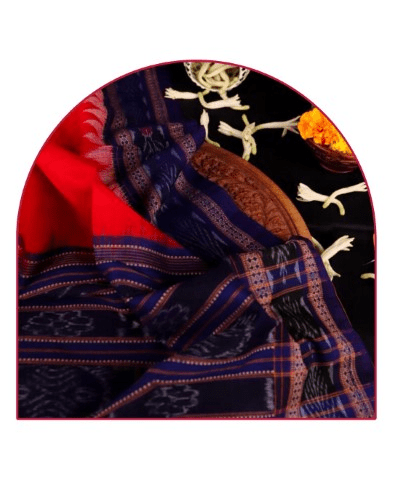
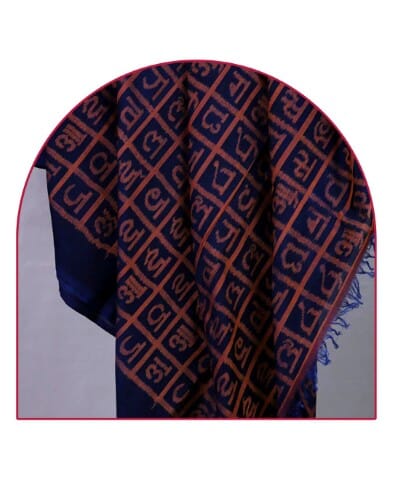
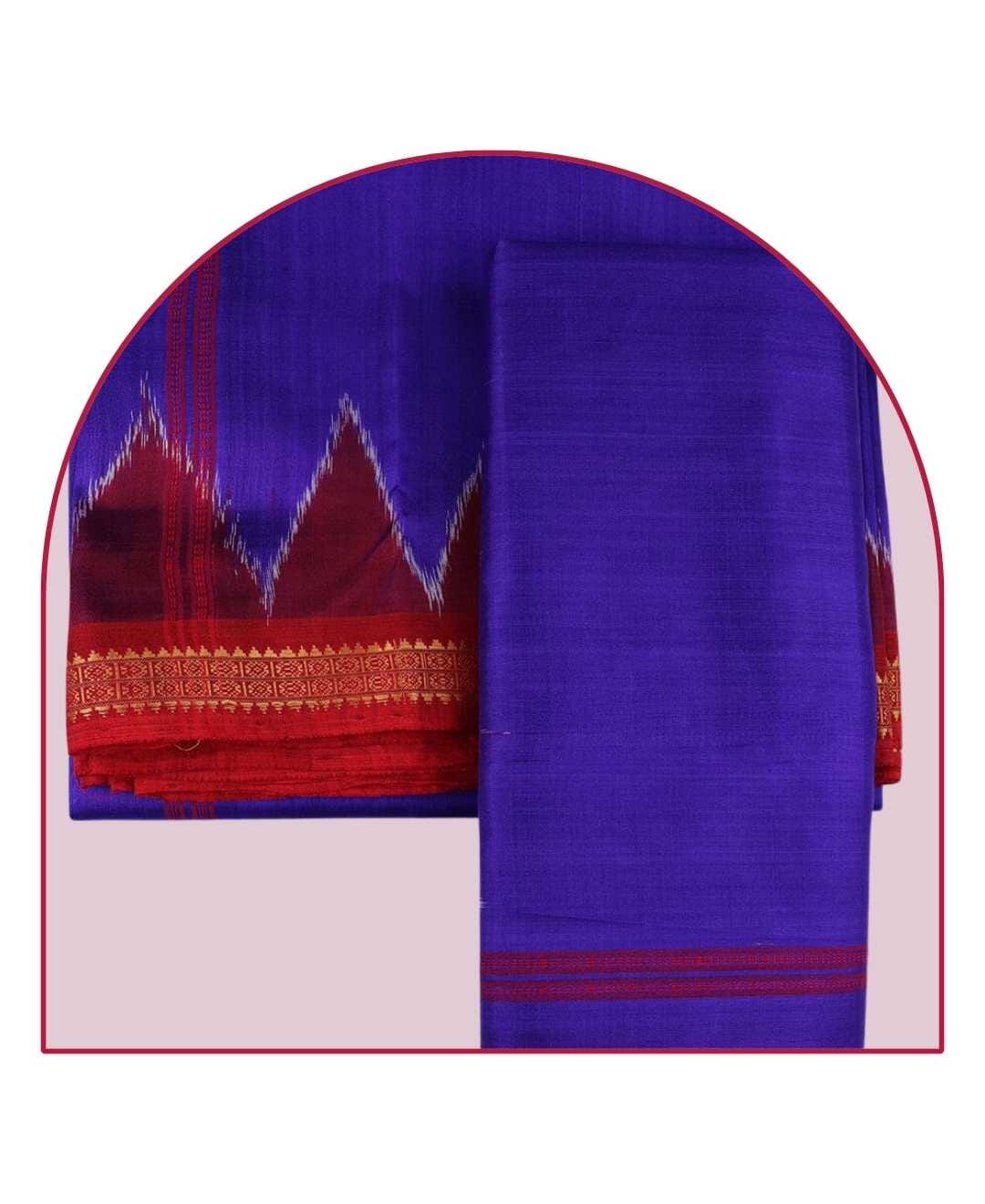
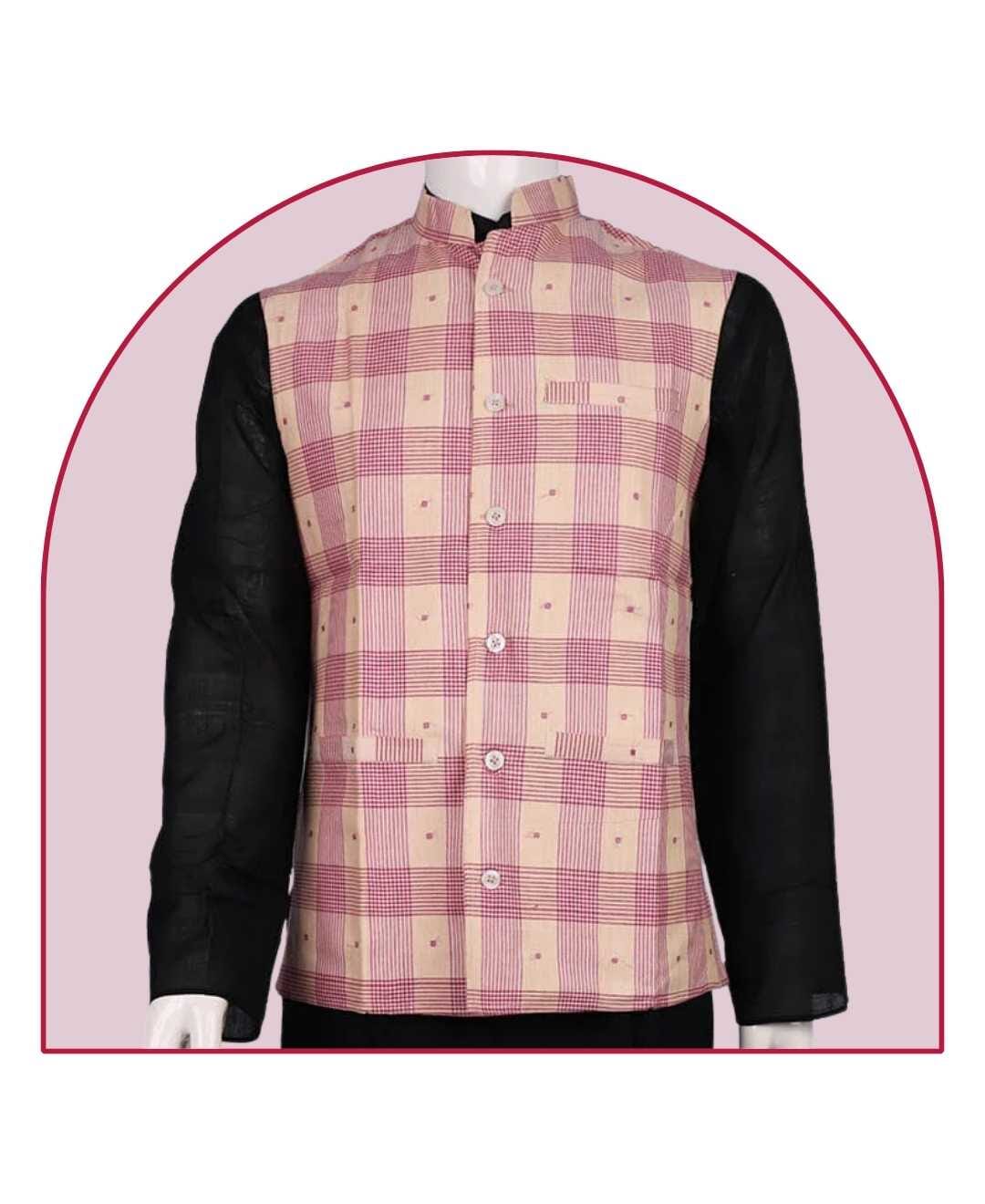

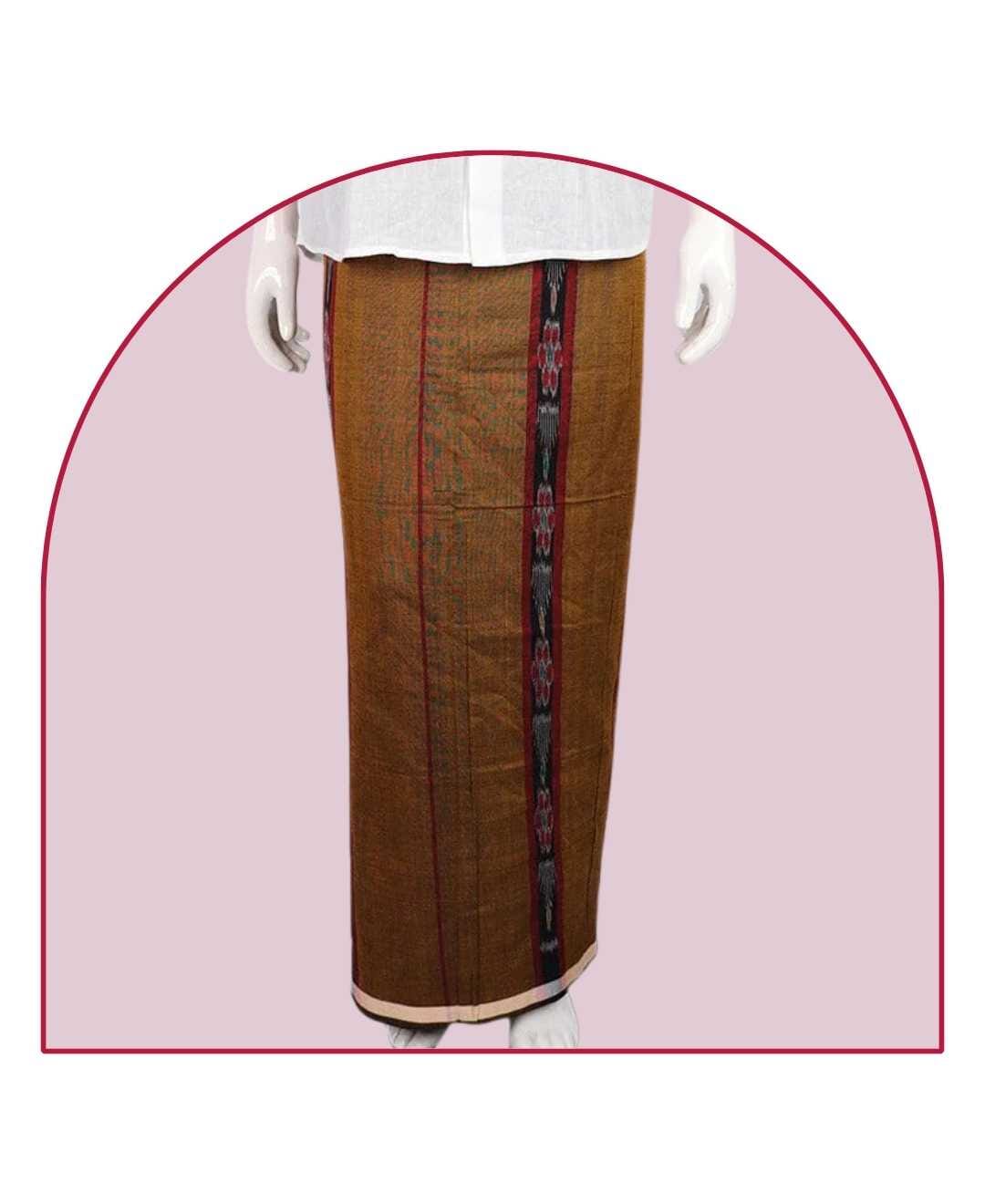

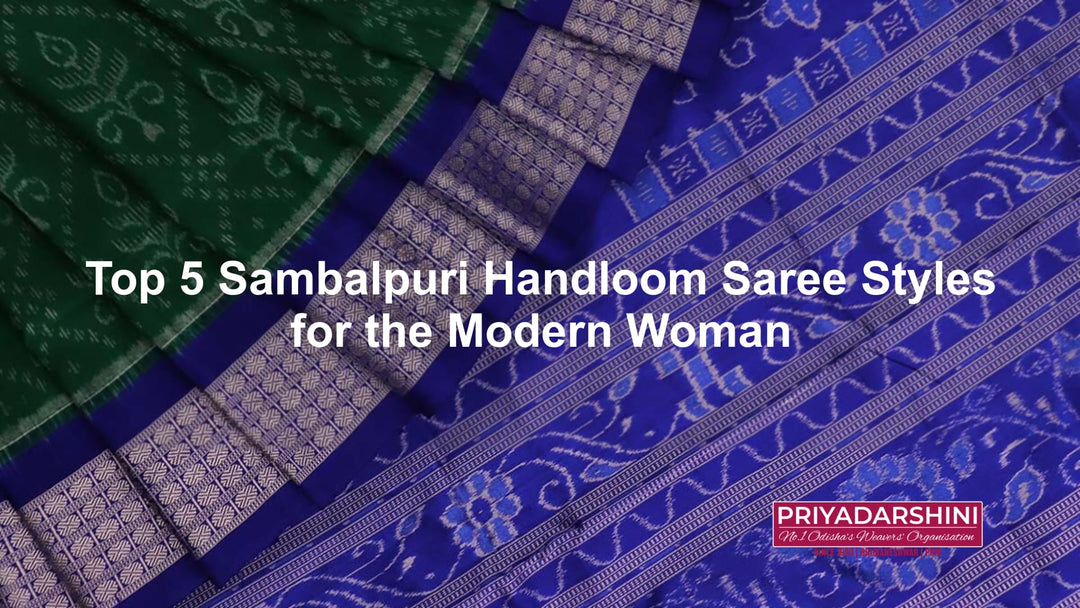
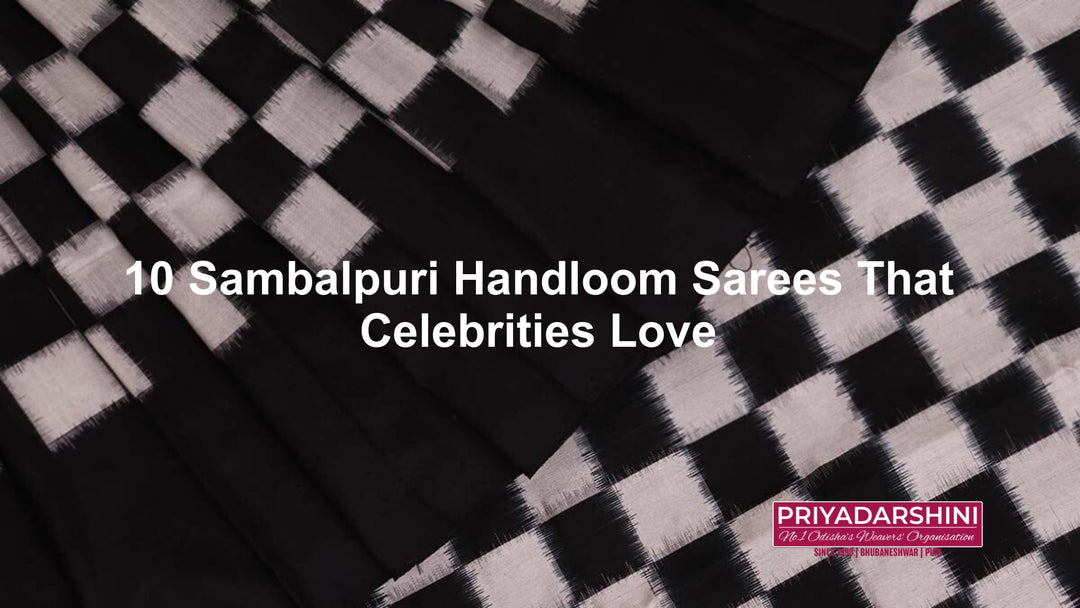
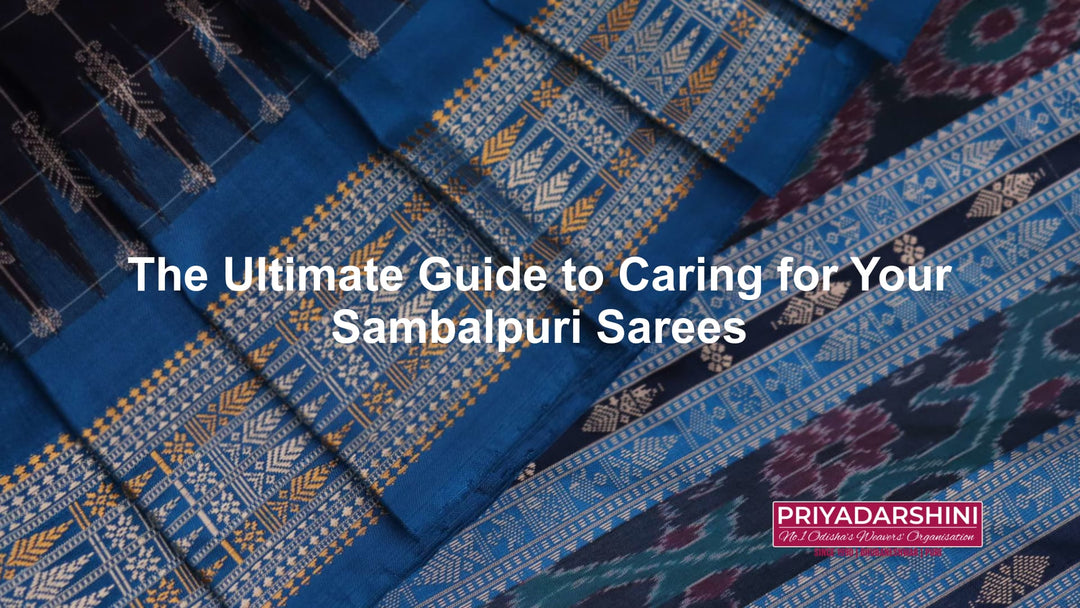
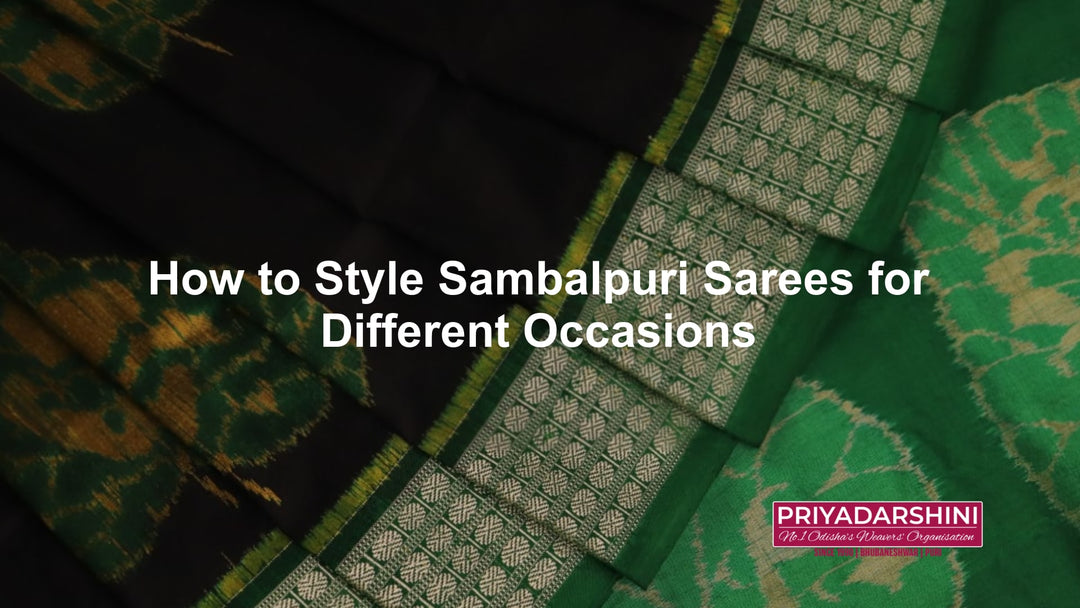
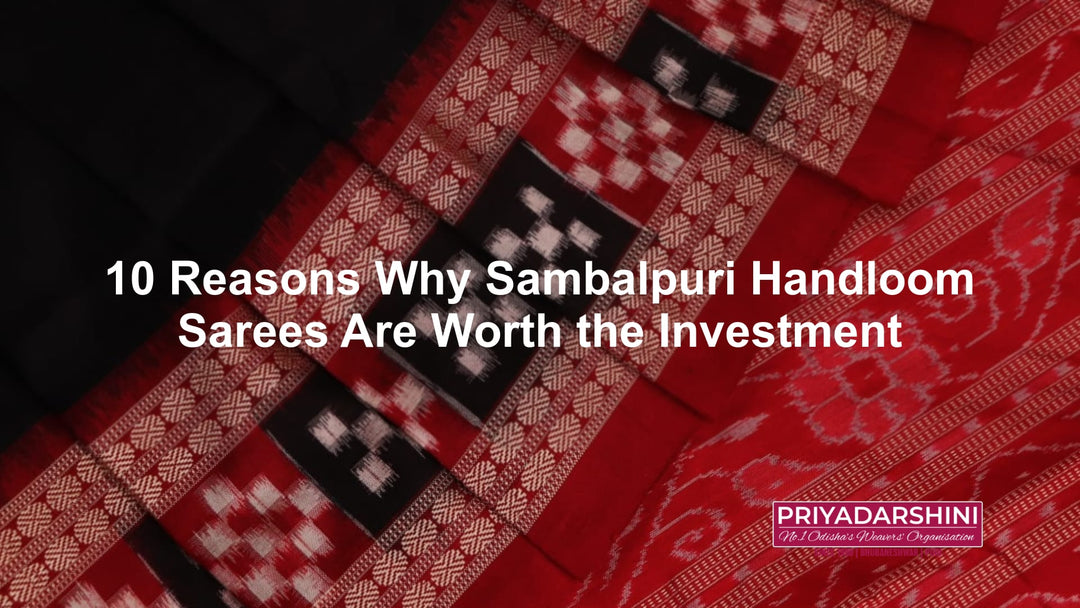
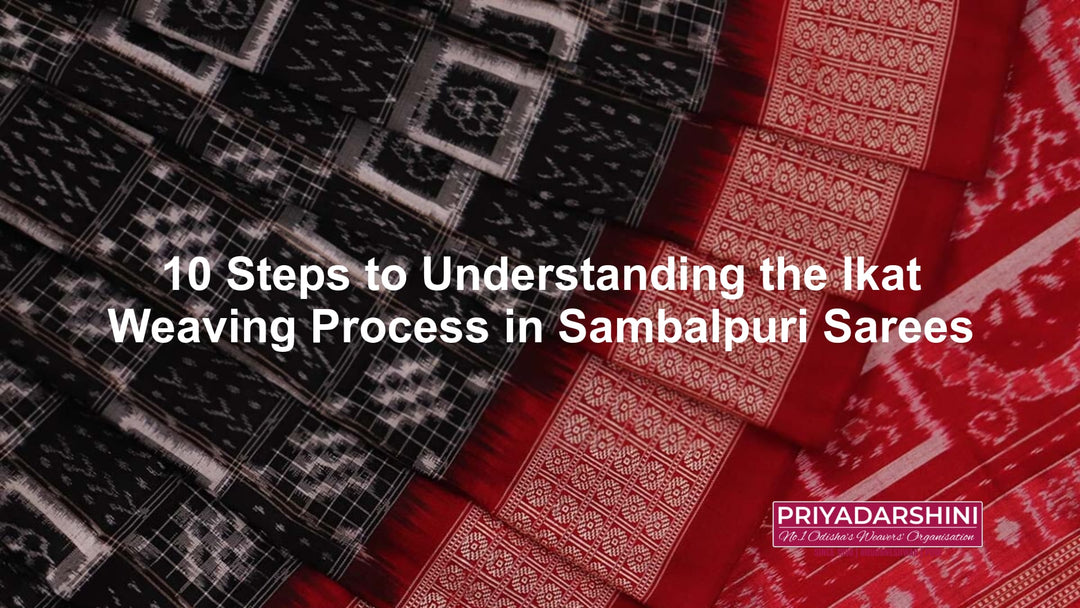
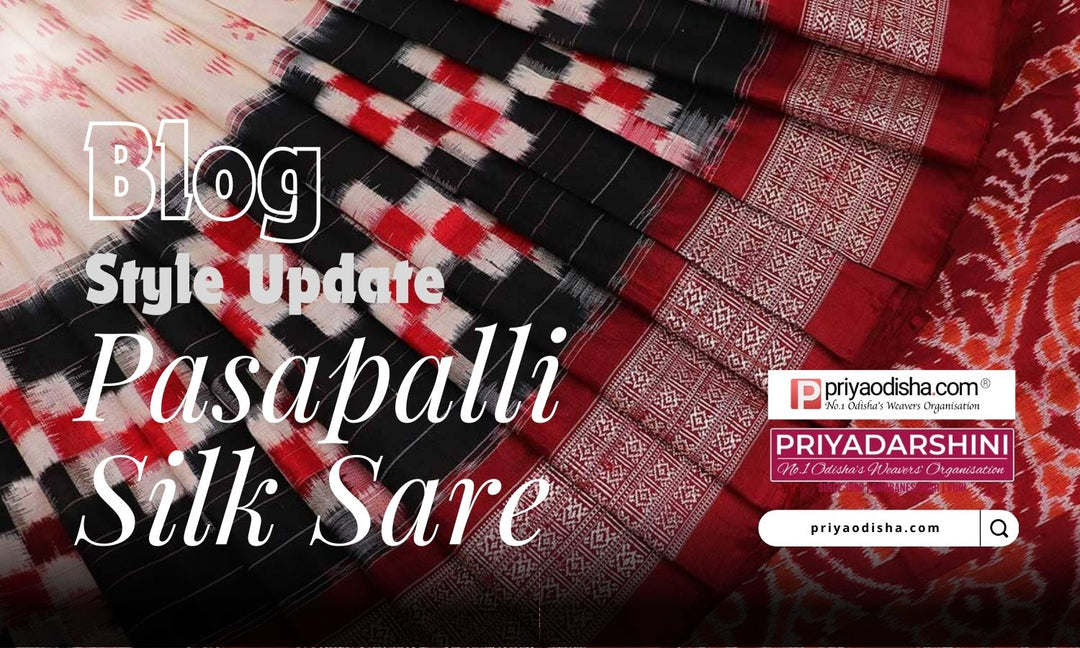
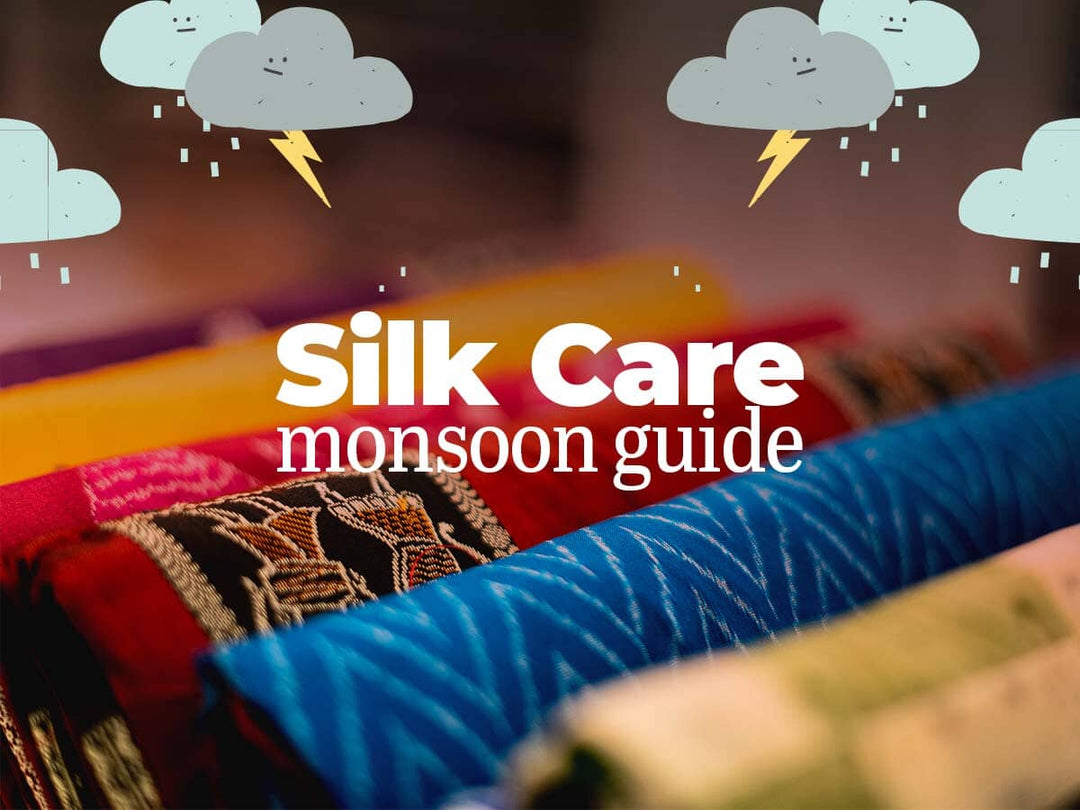
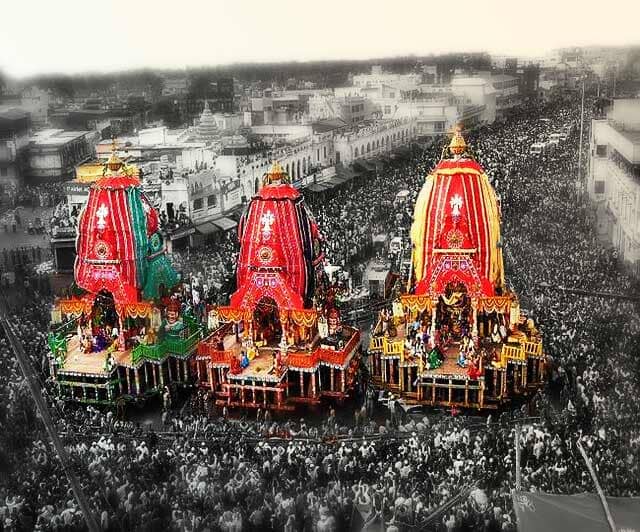
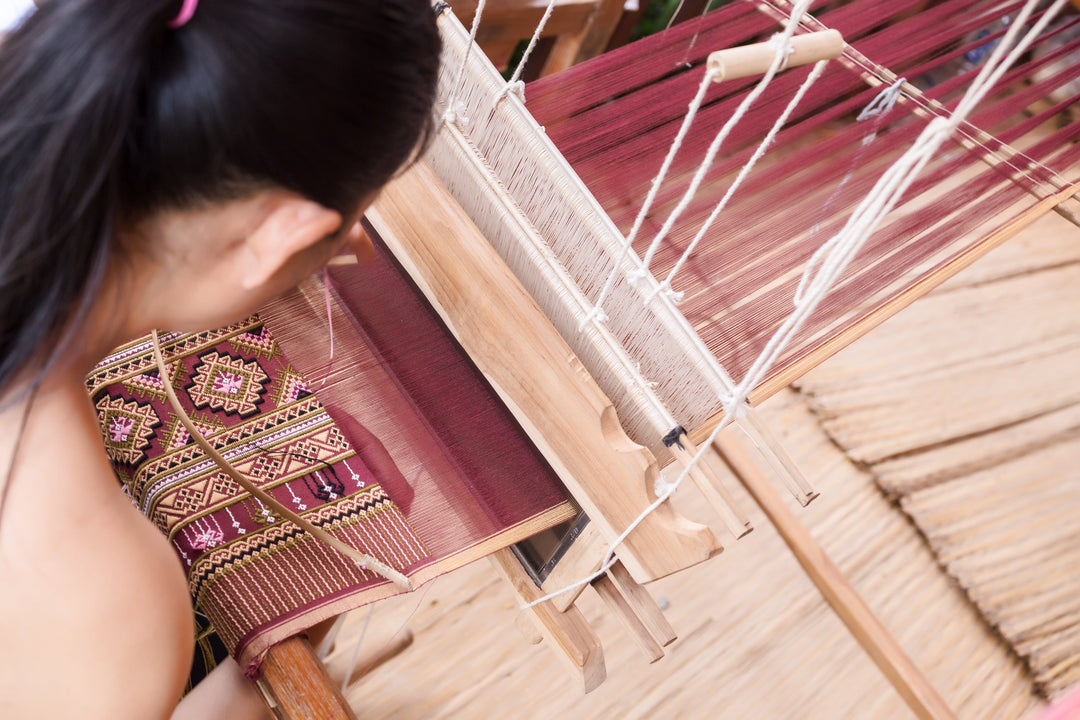
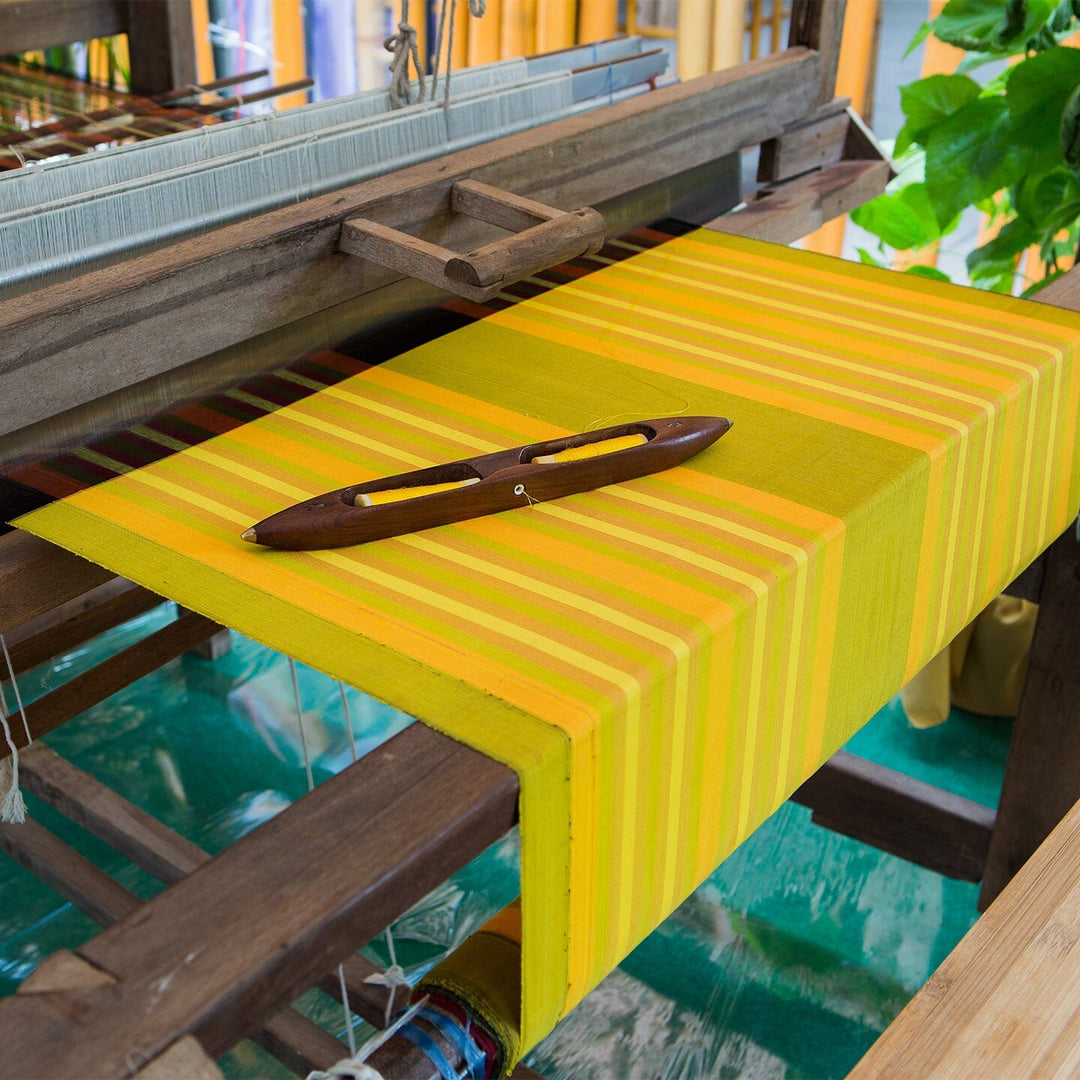
Excellent facts shared. I am a teacher of art for many years but I did not know this. Thanks, I will share with my students.
Leave a comment